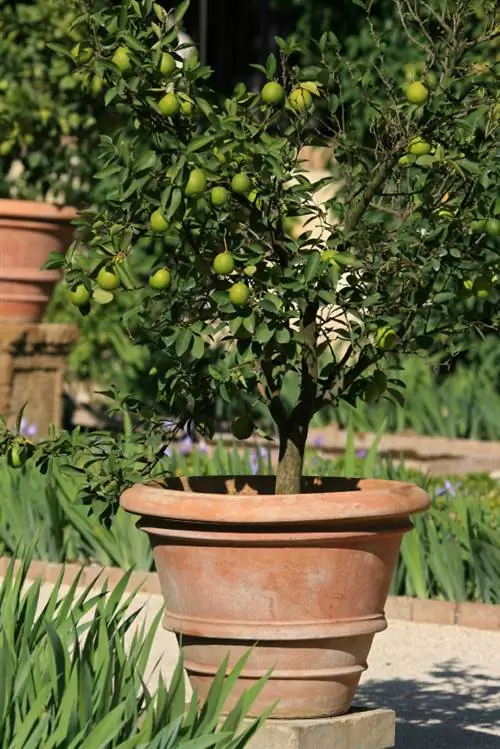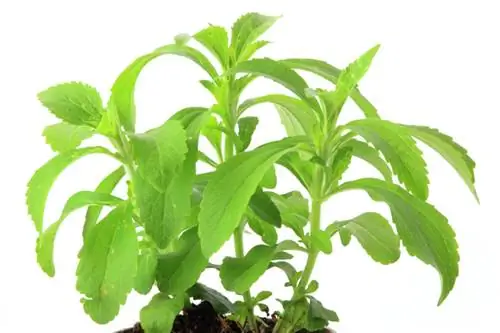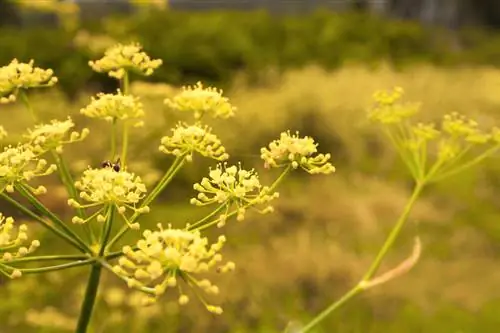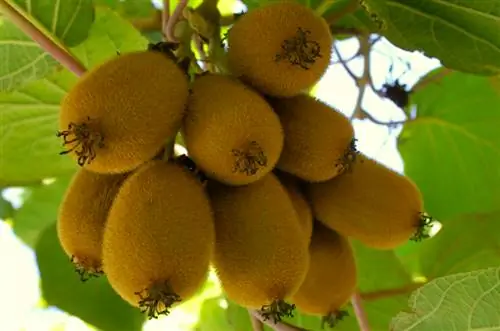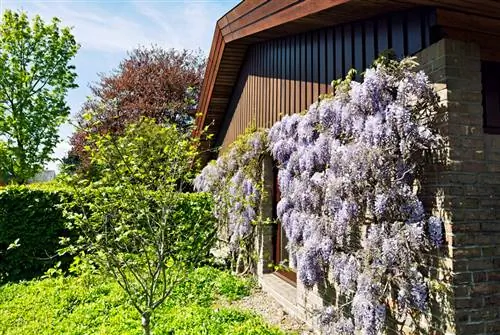- Author admin [email protected].
- Public 2023-12-25 17:45.
- Last modified 2025-01-23 11:22.
Did you know that the roots of beetroot reach up to one meter fifty into the ground? This has an impact on the choice of location. Find out everything you need to know about the right location for beets here.

Where does beetroot grow best?
The ideal location for beetroot is a full sun spot with loose, humus-rich soil. It requires moderate nutrients and gets along well with plants such as beans, dill, garden cress, strawberries, cucumbers, garlic, onions, cabbage, kohlrabi, coriander, zucchini and lettuce. Carrots, leeks and corn should be avoided.
Beetroot needs sun
Beetroot draws strength from the sun and thrives best in a full sun location. However, the tubers reach a satisfactory size even in partial shade.
Excursus
Less sun, more nitrate
Beetroot is one of the vegetables high in nitrates. However, the nitrate content varies greatly from 150 to more than 5000 mg of nitrate per kilo of beetroot. Among other things, the nitrate content depends on the hours of sunshine. The less sun the beetroot gets, the higher the nitrate content. In addition, an increased amount of nitrogen in the soil can increase the nitrate content. This must be taken into account when fertilizing and selecting plant neighbors. Nitrate inhibits the transport of oxygen in our blood and is therefore harmful to he alth.
Loose, humus-rich soil facilitates growth
Beetroot is a deep-rooted plant. It can best dig its roots deep into the soil when it is loose and permeable. It prefers humus-rich soil, but also thrives in slightly sandy soil.
How many nutrients does beetroot need?
Beetroot is a medium-feeding plant, which means it is not a particularly nutrient-hungry plant. Therefore it is often planted as a successor to heavy feeders.
Combine beets cleverly
The right neighbors support he althy growth. Beets go particularly well with:
- Beans
- Dill
- Garden cress
- Strawberries
- Cucumbers
- Garlic and onions
- Cabbage and kohlrabi
- Coriander
- Zucchini
- Salad
You should avoid planting with carrots, leeks or corn. You can find an extensive list of good and bad neighbors here.


